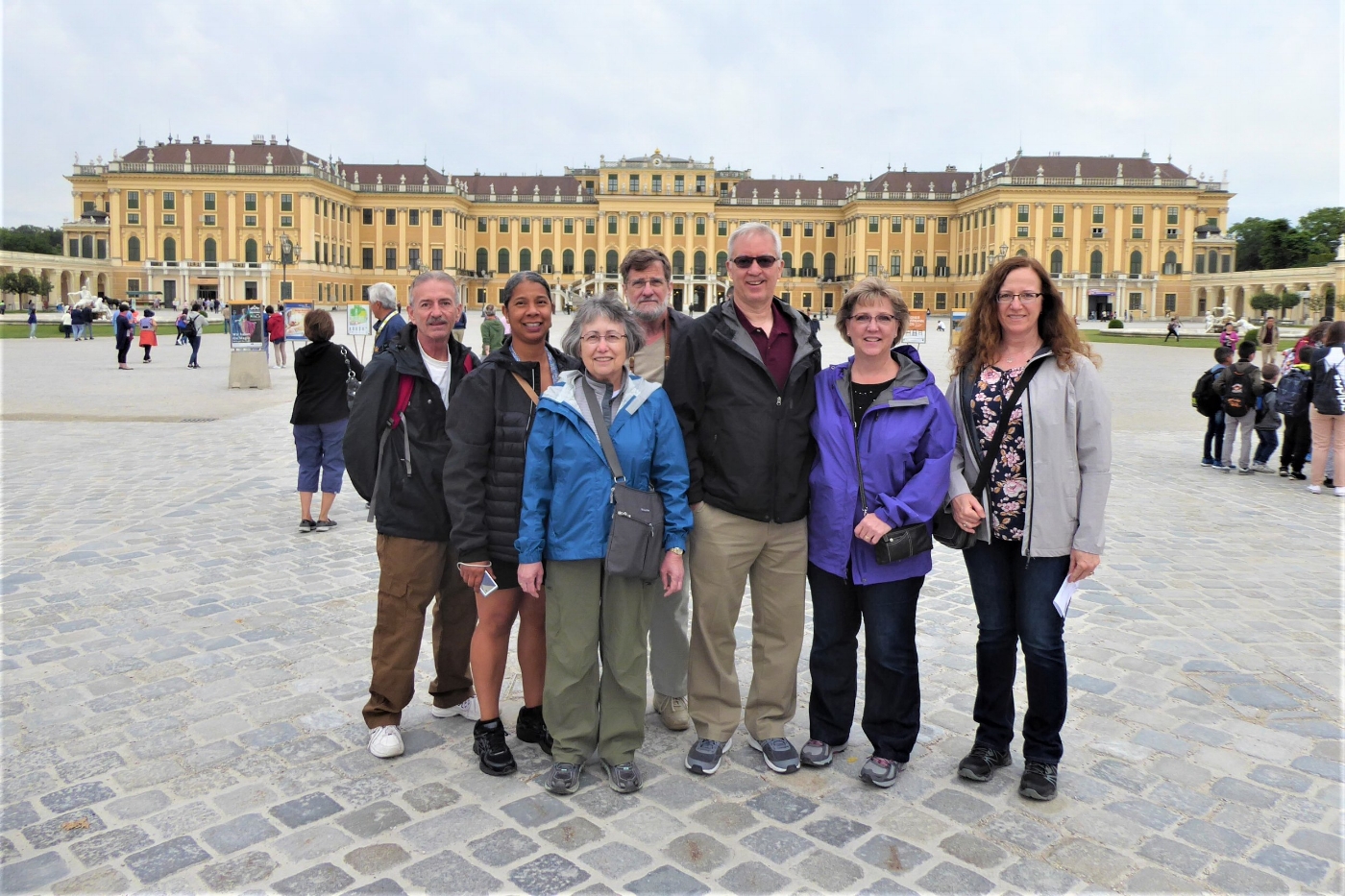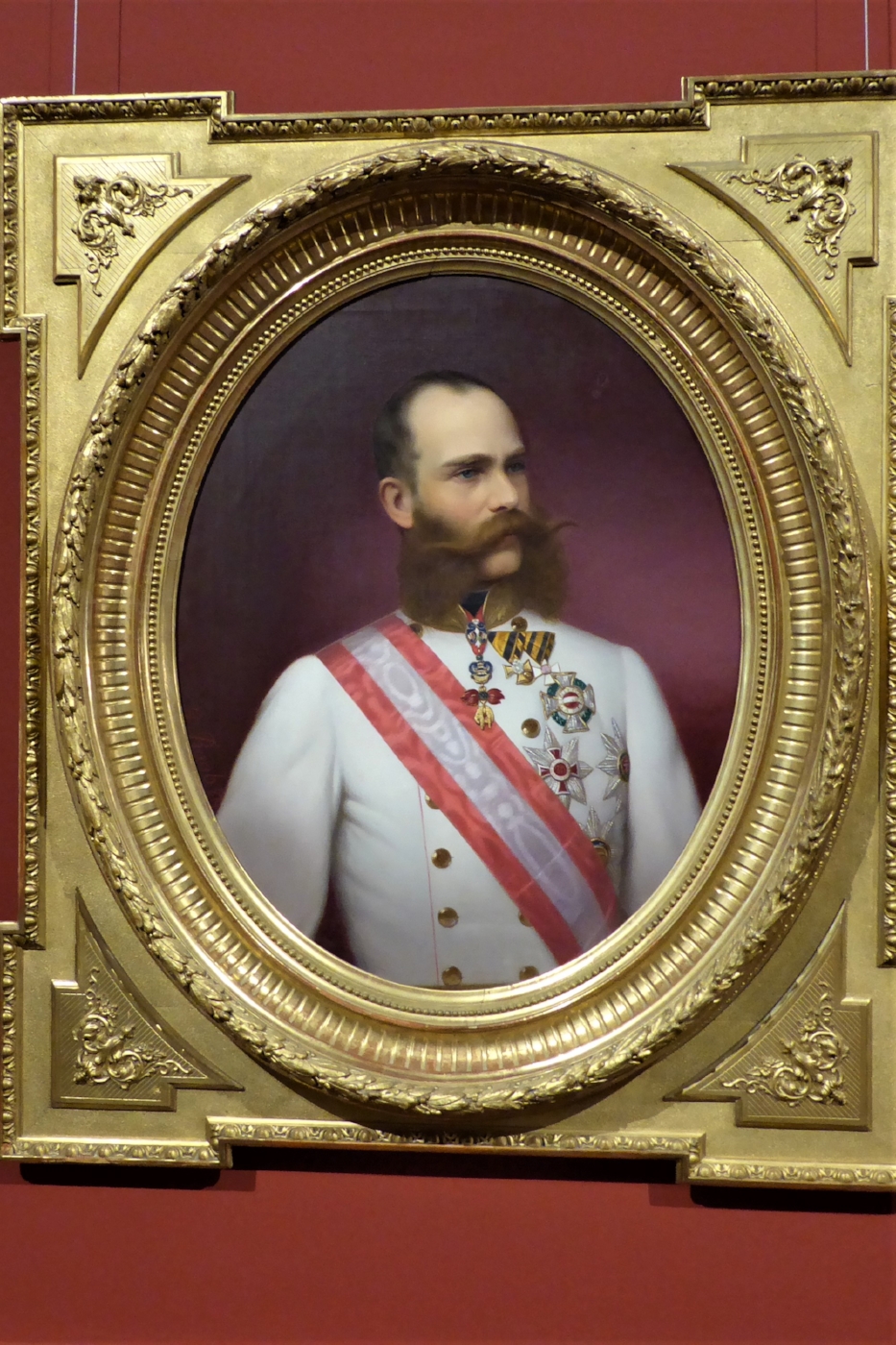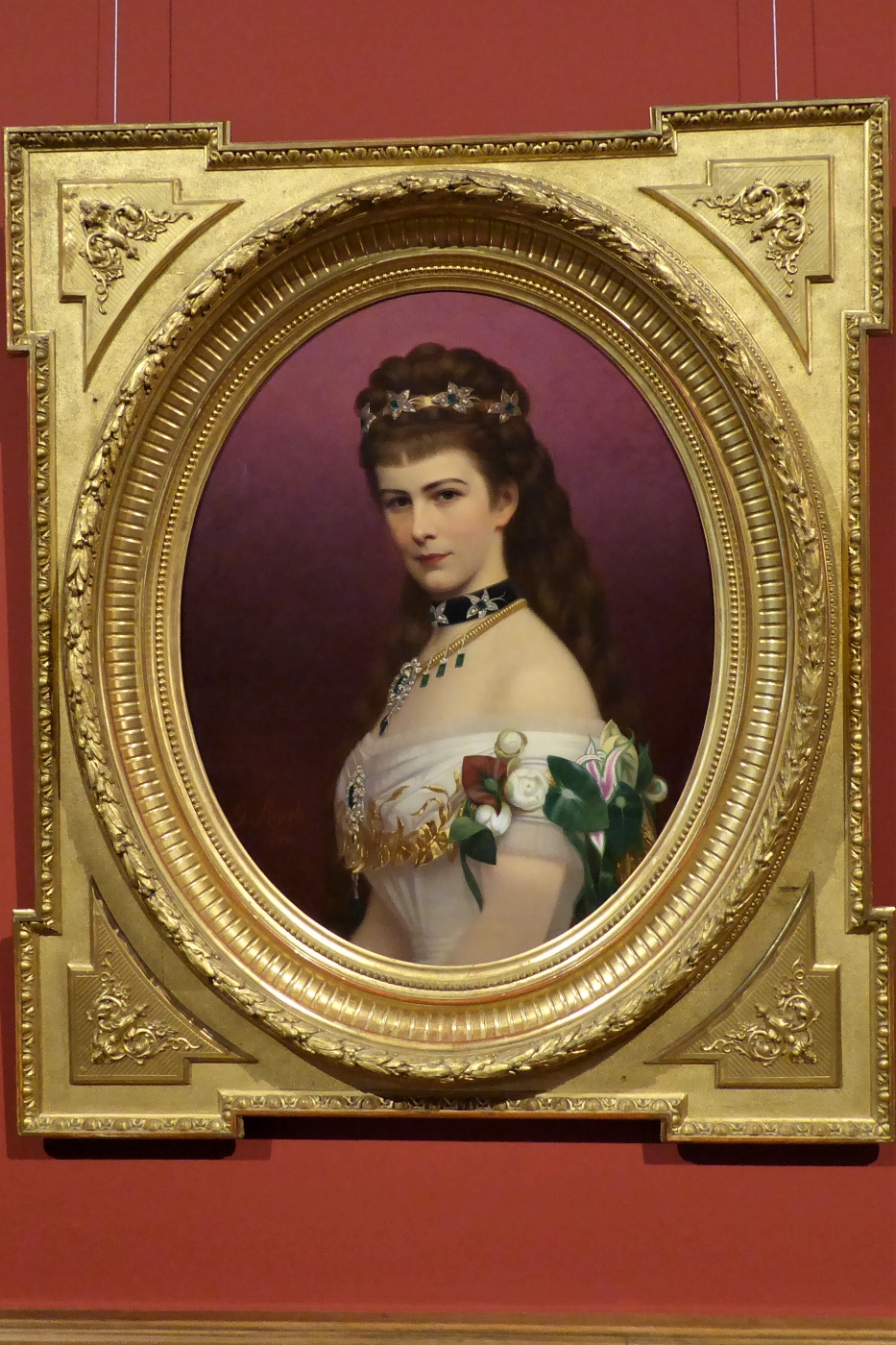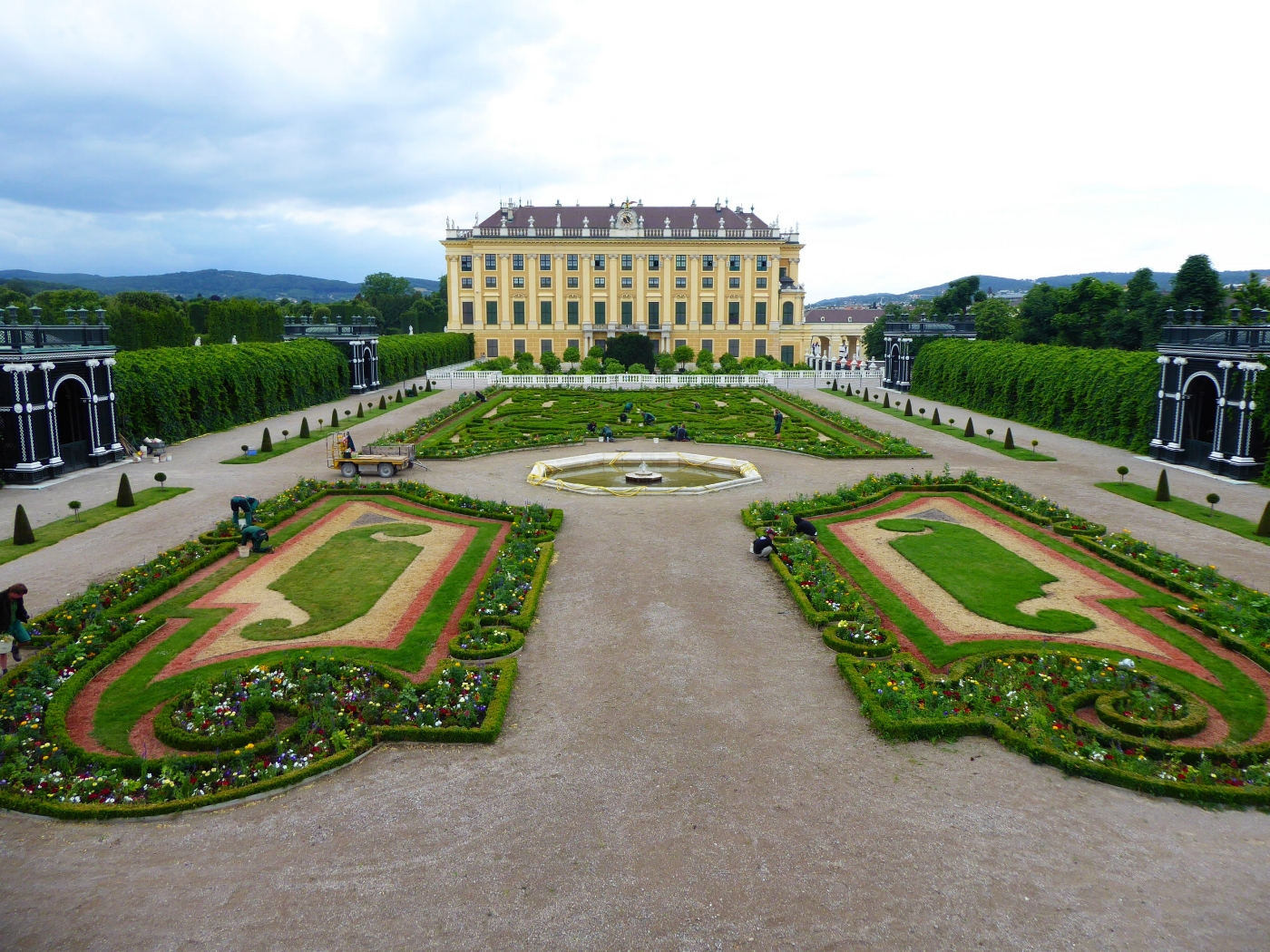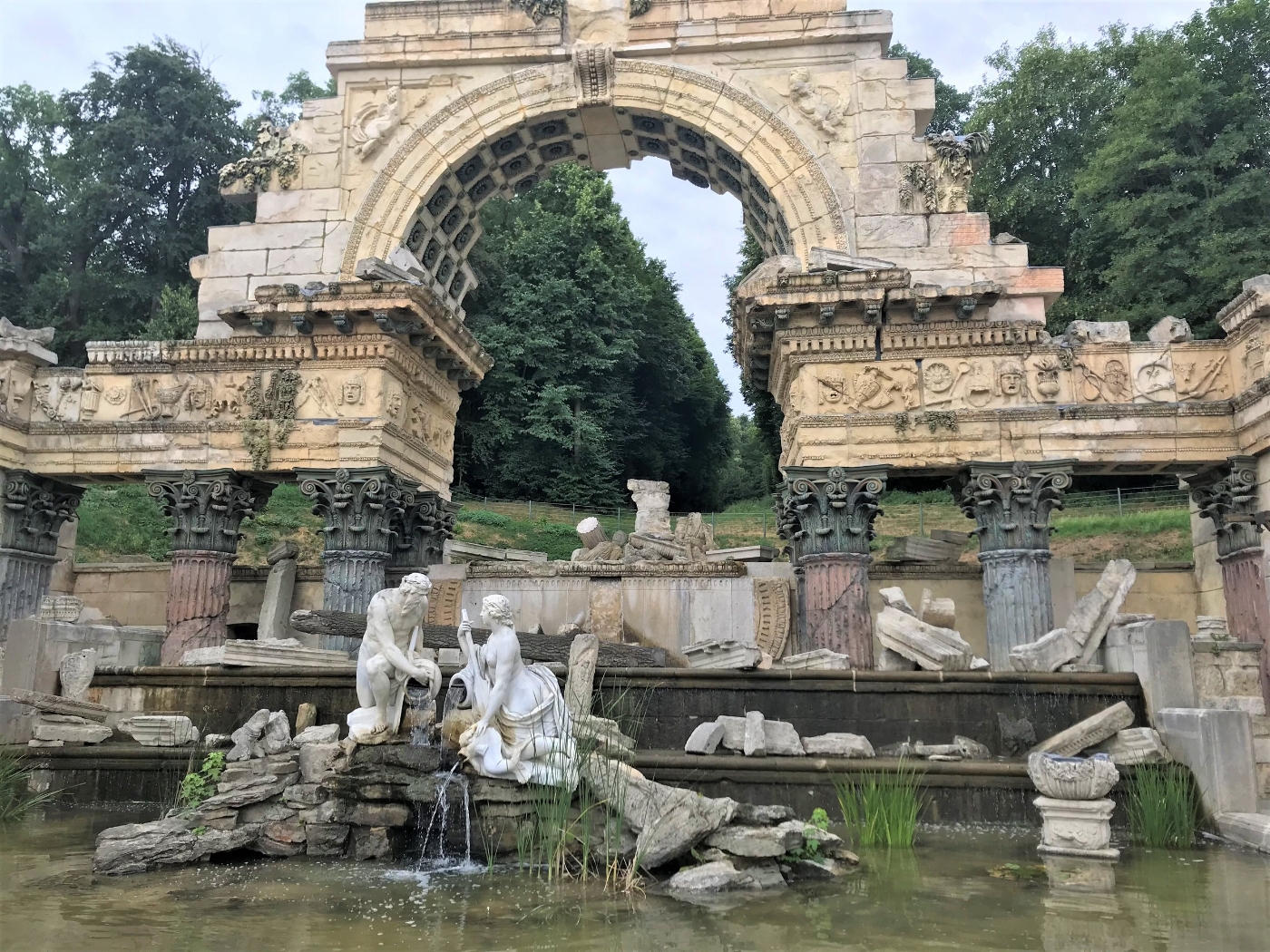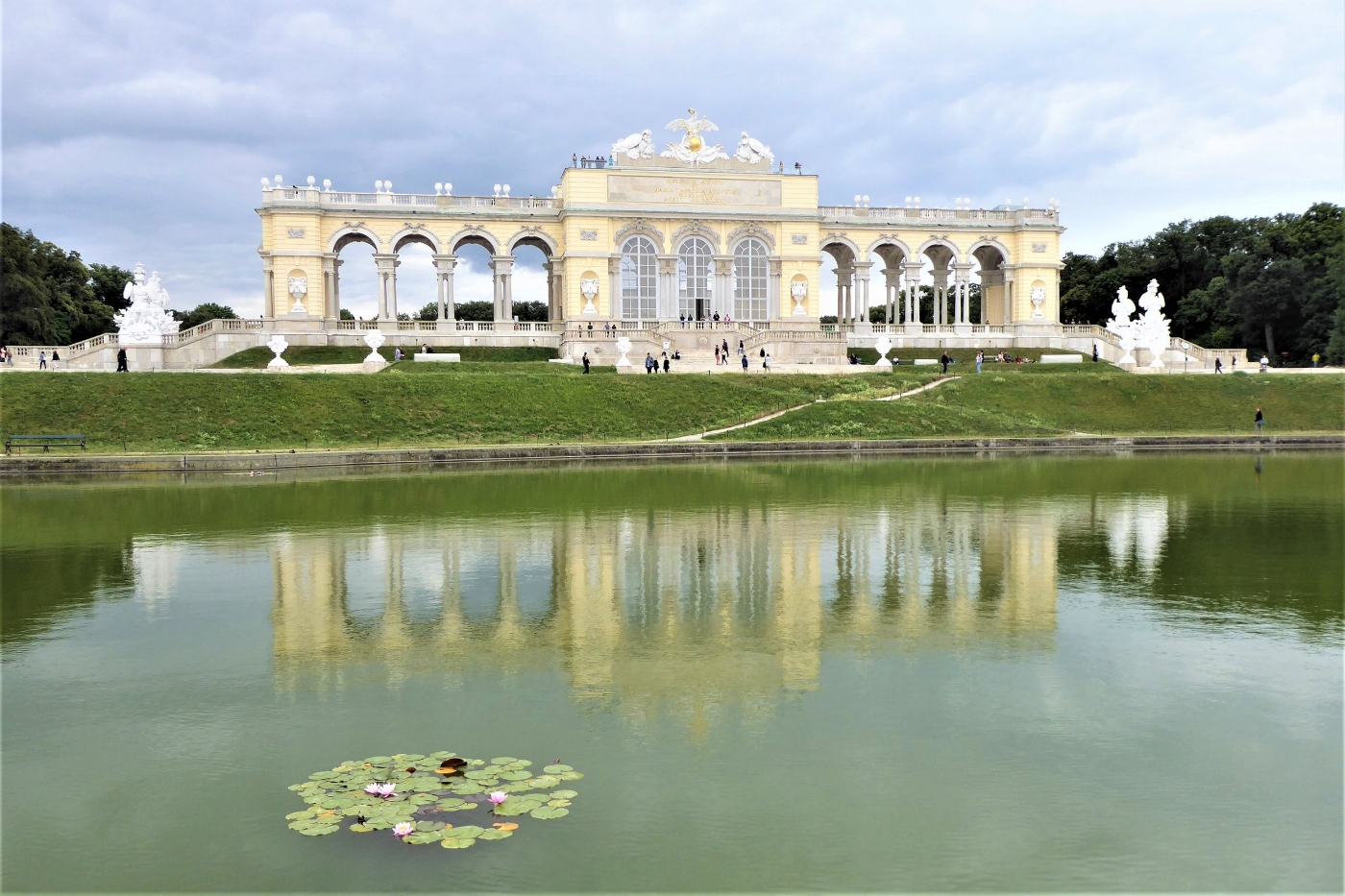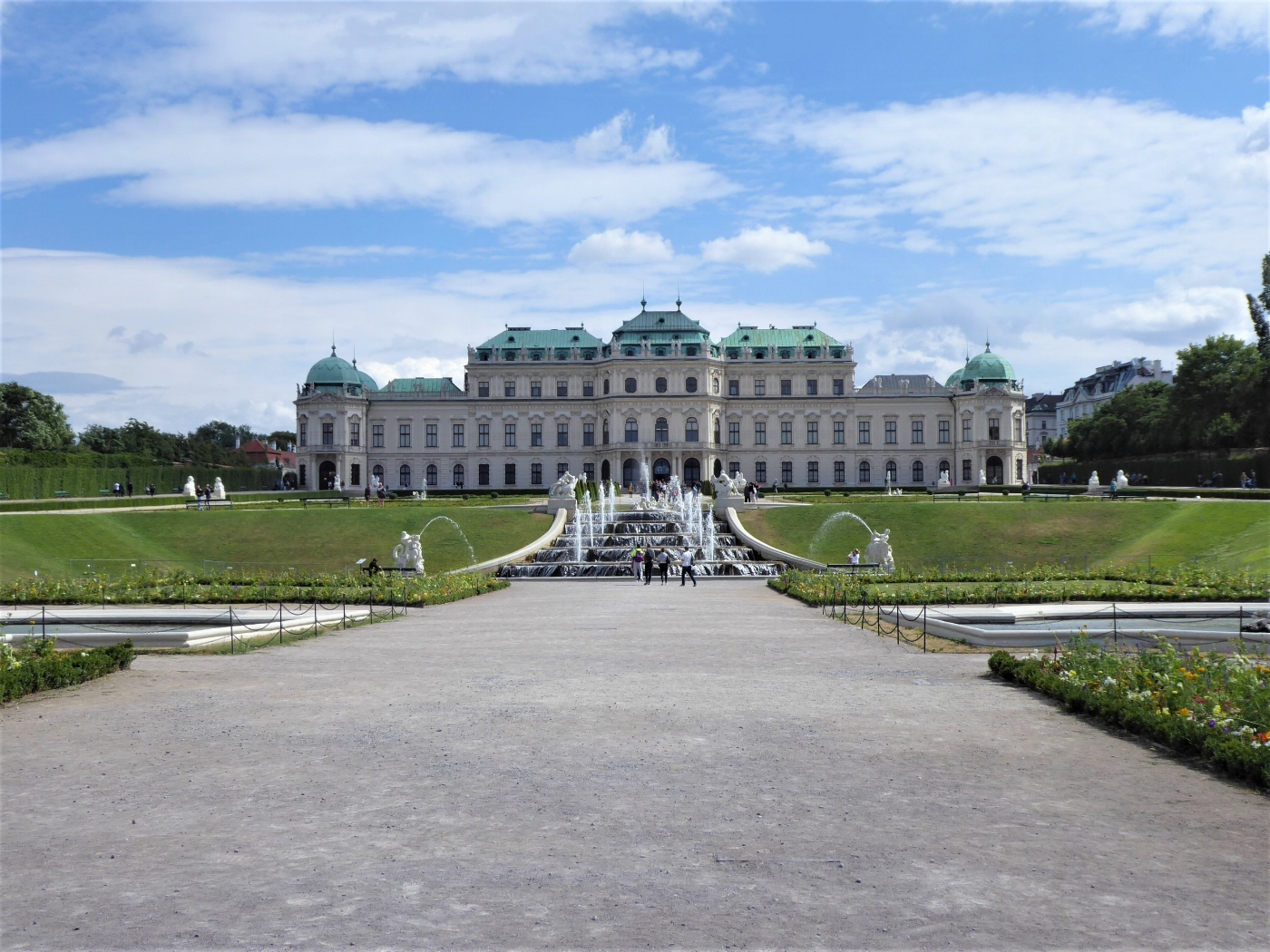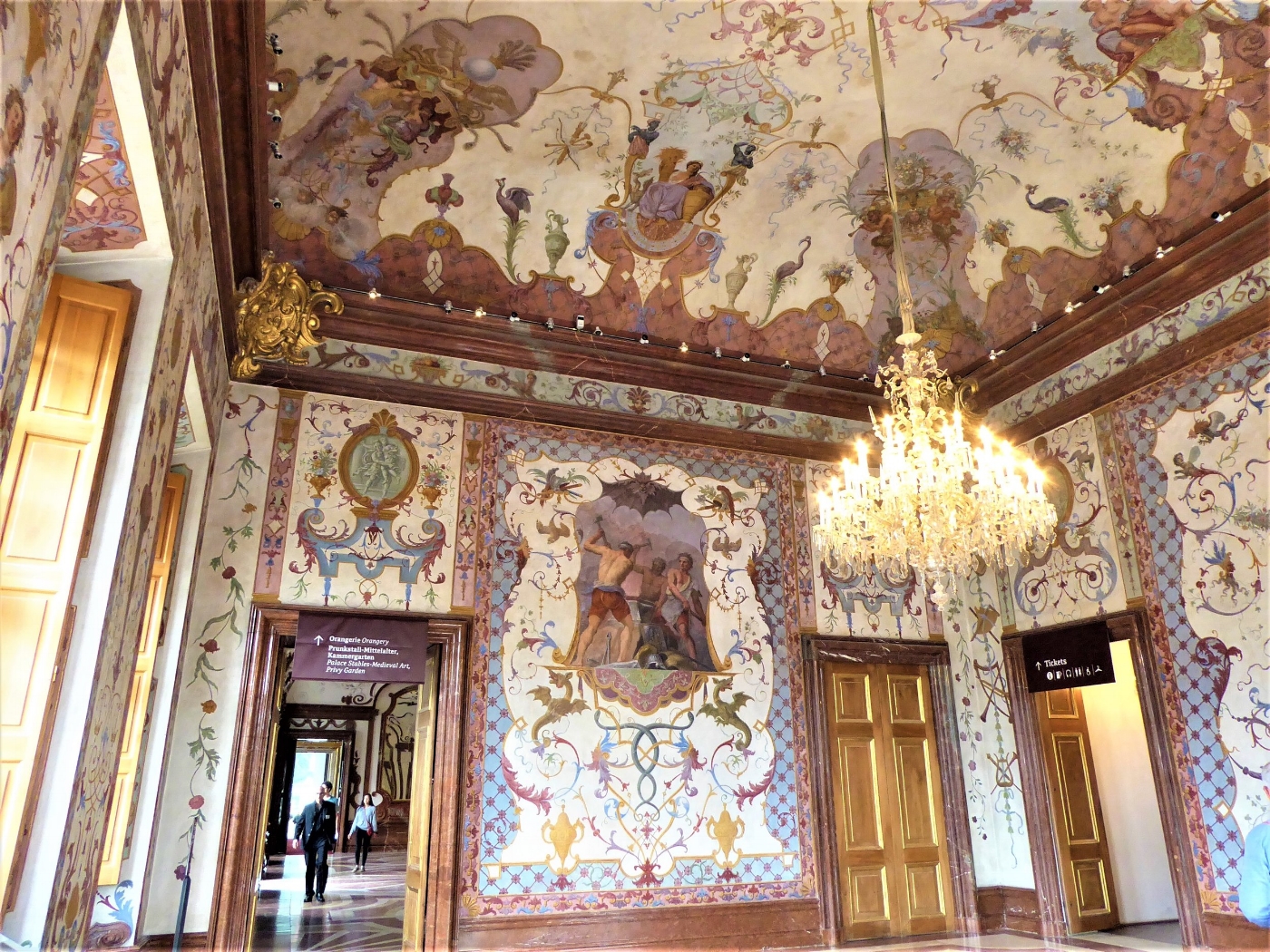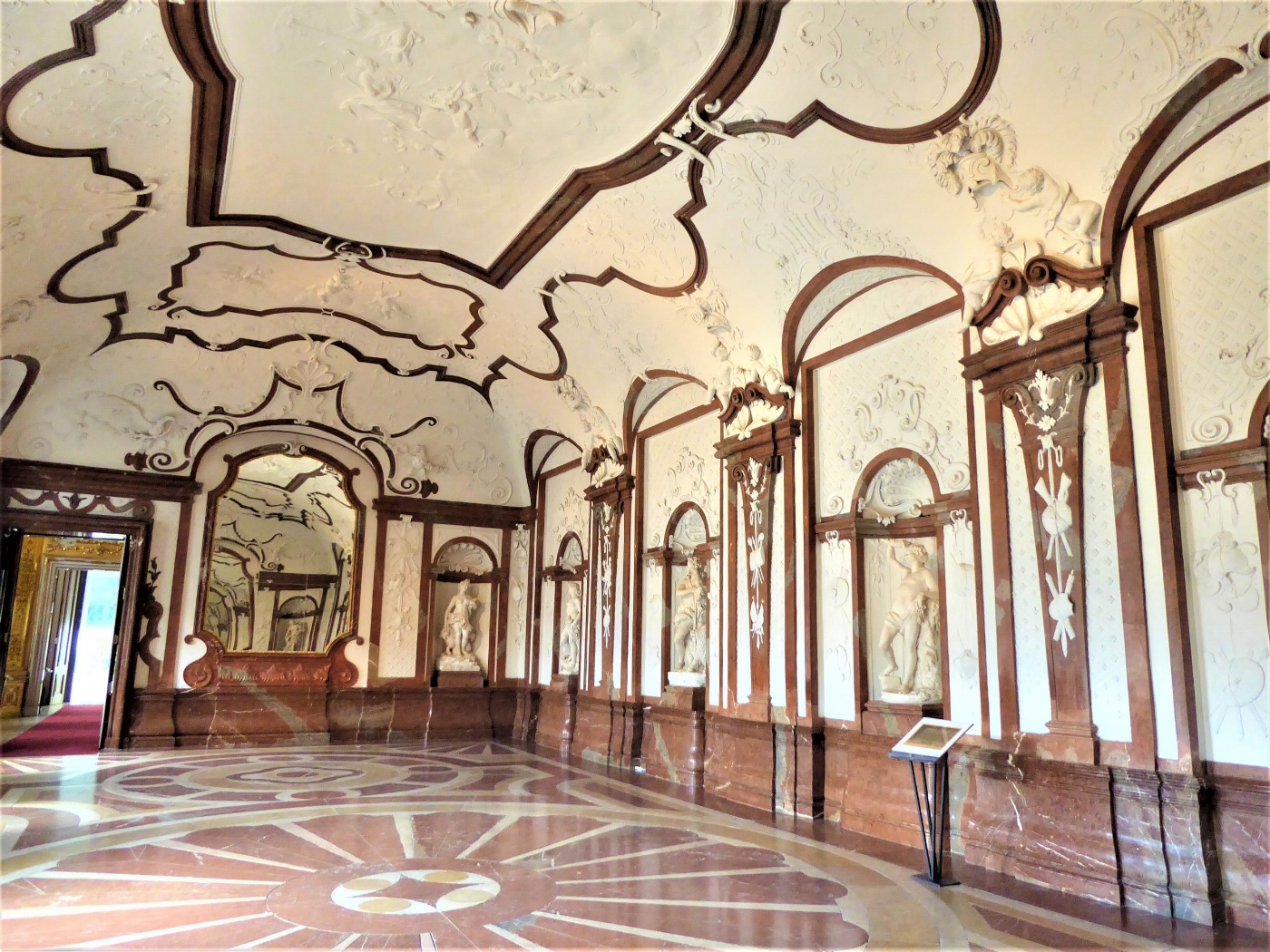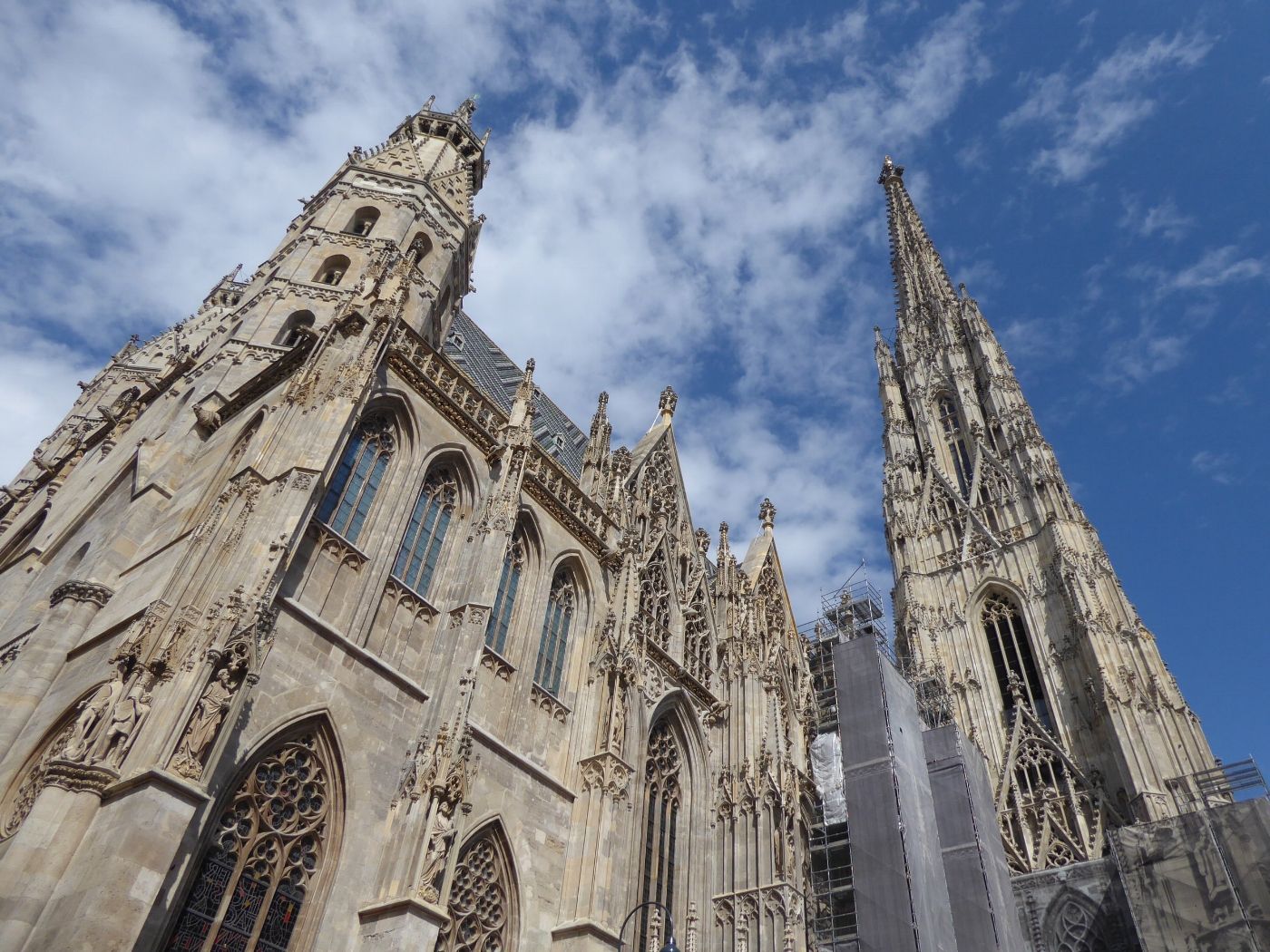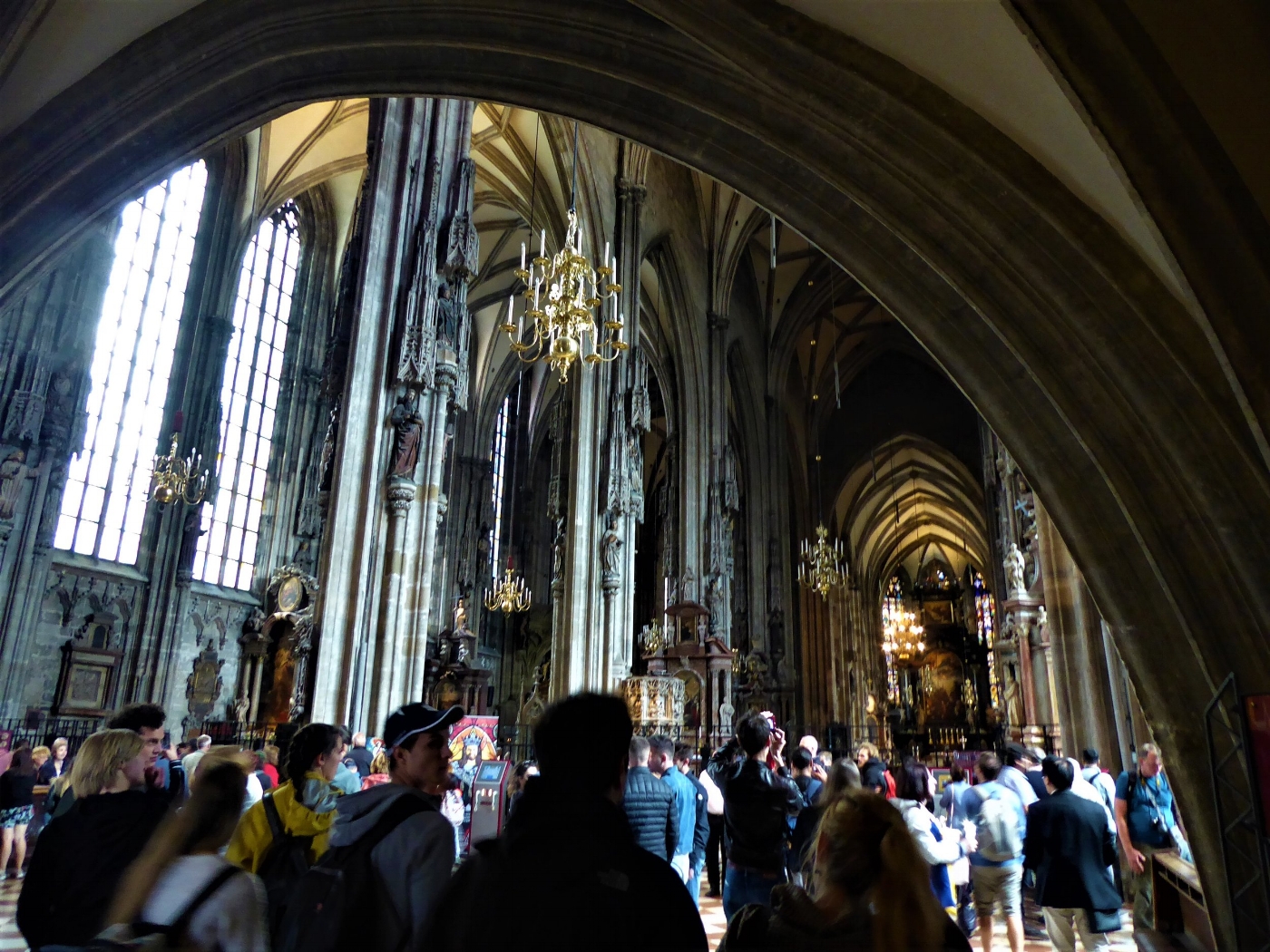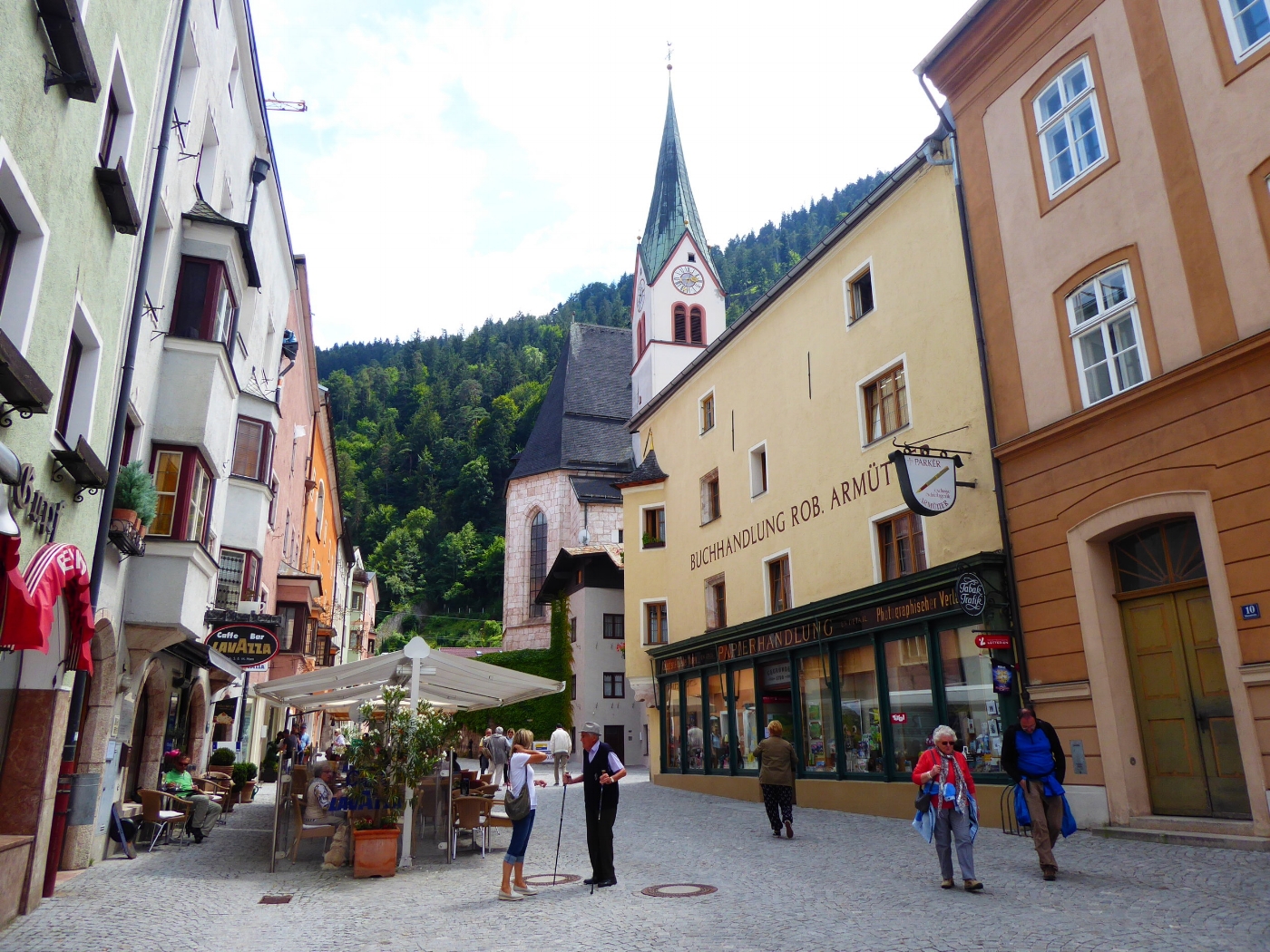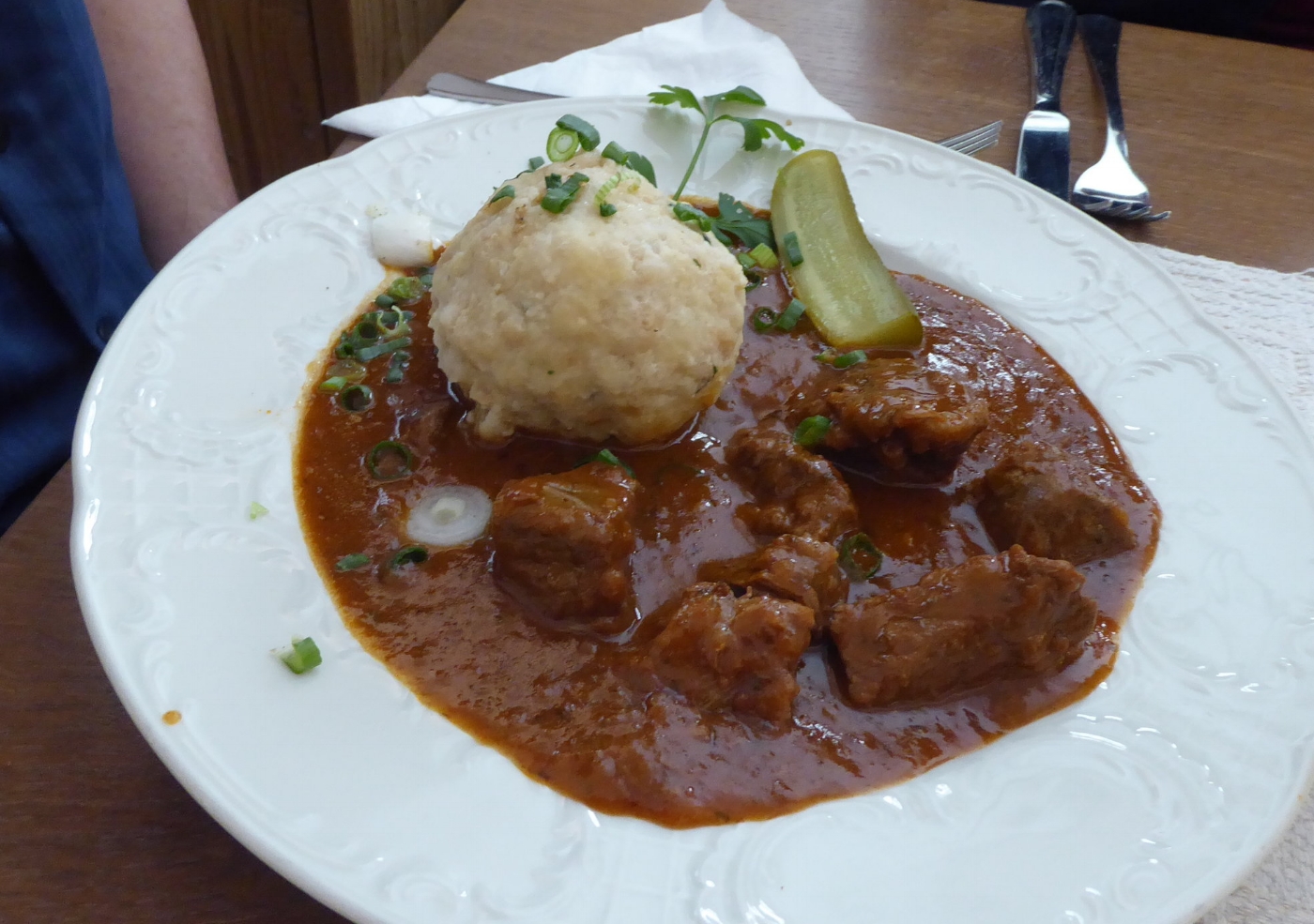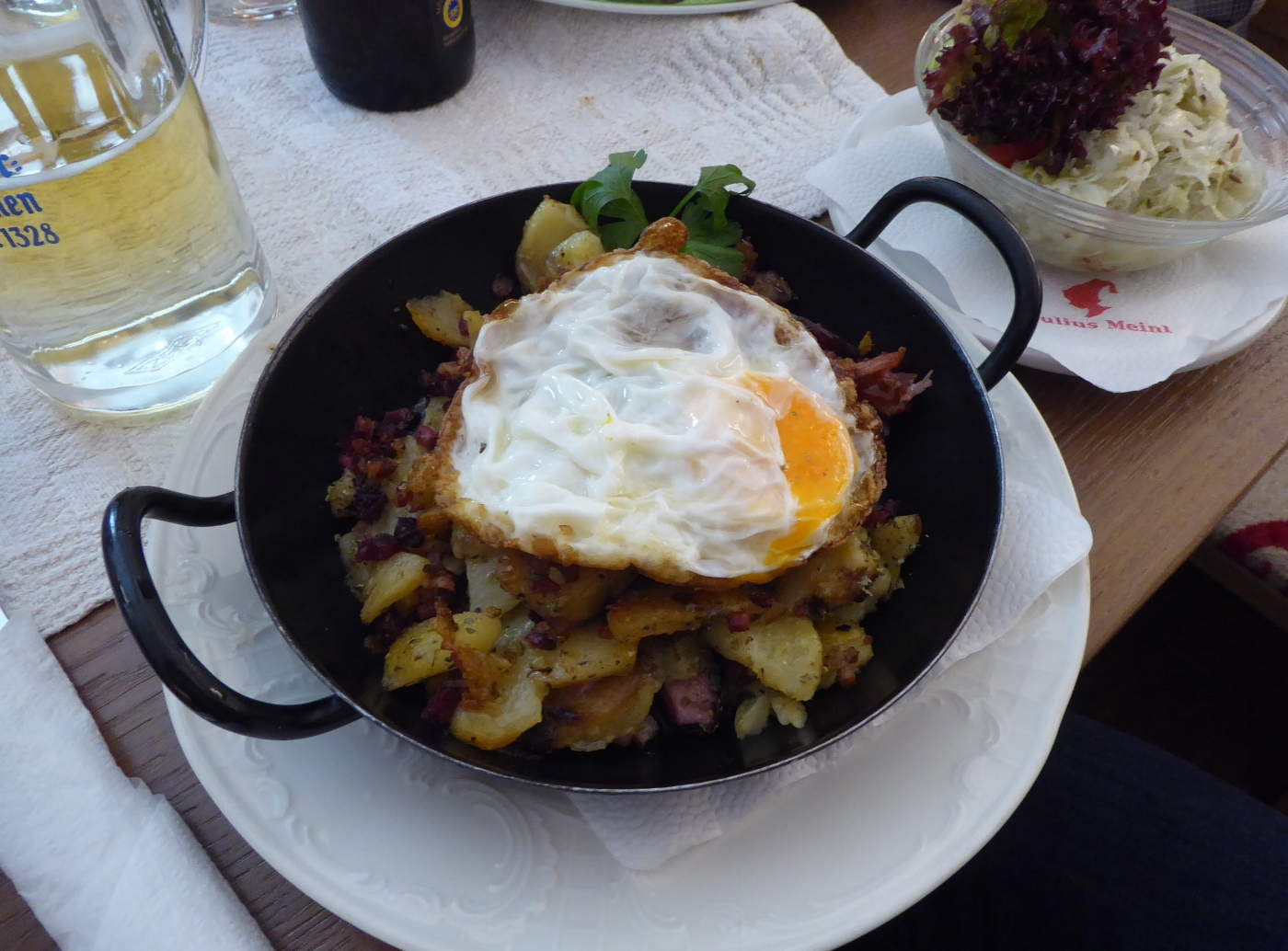Vienna...
For this second short report, a few pictures of Vienna and village Rattenberg in South Tyrol were selected. Vienna is a large metropolis with interesting sites spread around the city and unless one stops in front of each one, it's difficult to take pictures.
Here you will see Schohnbrunn Palace - the imperial grounds where Kaiser Franz Joseph I and Kaiserina Sisi (Elisabeth) spent their summers from the middle to late 1800s to early 1900s. You will see portraits of this couple and might recognize Franz Joseph from later portraits, as well as remember that World War I started with his declaration of war against the Kingdom of Serbia following the assassination of his nephew Archduke Franz Ferdinand. Schohnbrunn Palace is also where the treaty of 1809 was signed with Napoleon, following Austria's defeat. The grounds include a number of buildings, including the Gloriette which used to be a panoramic terrace for afternoon retreats and evening balls, but now is enclosed and an elegant cafeteria with a first-class view of the main residence and gardens. Several fountains of different sizes adorn the different parts of the Privy Gardens. When visiting this site, one should plan on spending half a day there, indoor and outdoor.
The next large site is the green-roofed Belvedere compound that was built by Prince Eugene of Savoy in the early 1700s. A French officer who was rejected by King Louis XIV, he pledged allegiance to Emperor Leopold I instead and later became the Imperial field marshal and more. As avid art collector, he dedicated large space in his palaces as museum rooms. It's the collection of Gustav Klimt art ("Kiss" in particular) that attracts visitors to the site. The prince is buried in the crypt at St Stephen's cathedral which is shown below. Note the two photos of rooms with intricate decorations: One is covered in frescos and the other is the marble room; all brown moldings that appear to be wood are actually brown marble. Three buildings separated by promenades, gardens and fountains are home to three different museums. Visitors should count on spending at least four hours on location.
St Stephen's Cathedral is imposing and extraordinary in its Romanesque and Gothic styles, donning a particular shingle design on its roof. The interior is awe-inspiring especially when one imagines Joseph Haydn singing there as a choir boy. The buildings that surround it vary from the ultra-modern to traditional Austrian. In this area one can find the best pedestrian shopping streets with many outdoor cafes, restaurants, and a great atmosphere.
Another site in Vienna that happened to be right by our hotel is the Naschmarkt, an institution in the Bohemian district called Secession. This market has been open since at least the 1780s and is surrounded by beautiful buildings such as one shown in a photo below (Art Deco). We were so lucky as to be there on a Saturday when stalls, farmers' market and flea market/antiques market were operating at the same time. Three hours were just enough to browse for local souvenirs, barter on some antiques, and pick up a picnic lunch. What an experience!
The last few pictures are of a Medieval South Tyrolean village called Rattenberg, a little gem that attracts cyclists, hungry and thirsty European tourists, and 6 Americans like us. It's supposed to be the smallest city in Austria. You should see the color of the river it borders...The lightest pastel green ever seen in nature. For lunch, we enjoyed traditional kase knodel (cheesy bread dumplings), Goulash, and beer (naturlich!). We also discovered other delicious country-style foods like the fried potatoes with bacon or speck and a fried egg on top (called "padella alla contadina" in Italian South Tyrol or Farmer's Skillet).
And now for the few photos you have been waiting for...
That's all for now, friends. Part 3 will be about the Italian Dolomites and the Alps.


